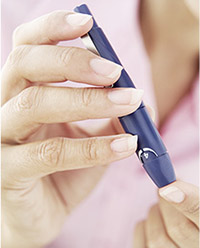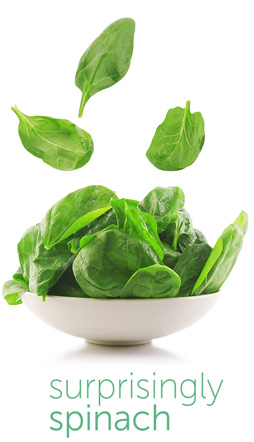What it is.
Defined as low bone density and the extreme fragility of bones, osteoporosis is a condition that puts millions of Americans at risk of fractures. What’s alarming is the severity of these brittle bones – those suffering from osteoporosis can break a bone from a minor fall or even something as simple as a cough! Typically the hip, wrist and spine are affected by osteoporosis but any bone is at risk of being fractured.
Early prevention.
By the age of 18, girls have already acquired about 85% of adult bone mass. It is extremely important for children and young adults to build strong bones to avoid problems from osteoporosis in the future. A healthy diet and strength training are two of the most important ways to prevent this condition.
Healthy diet.
As women need up to 1,500 milligrams of calcium every day, calcium-rich foods assist in building and maintaining strong bones. Breakfast is the perfect opportunity to receive much of your daily calcium. Check labels on cereal boxes to be sure they are calcium fortified. Fat-free milk, soy milk, yogurt and calcium-fortified orange juice are all good options as well. Try adding cheese, broccoli, greens and fish such as canned salmon to your lunch and dinner selections. Talk to your doctor about your daily intake of calcium – you may also need to add a supplement to fulfill your body’s needs. In order for your body to absorb calcium, vitamin D needs to be a critical part of your diet. Fish, liver and egg yolks are all good sources of vitamin D. The good news is… many foods fortified with calcium are also very rich in vitamin D.
Get toned.
It is never too late to begin a healthy exercise regimen. Whether you are young and still building strong bones, or have already been diagnosed with osteoporosis, exercise will help maintain your current bone mass. Weight-bearing exercises such as a brisk walk or hiking five days per week are good for your overall health. In order to build bone and strengthen your muscles, you need to add resistance exercises with free weights or water exercises. Challenge yourself by using different size weights and target all areas of your body – shoulders, back, arms and legs. Finally, try incorporating yoga or another flexibility exercise. By increasing your flexibility, you lower your risk of injury. Talk to your doctor about which programs are right for you.
Get tested.
In the past, osteoporosis wasn’t diagnosed until after a person suffered a broken bone. Today, with the technology to perform a bone density test, or densitometry, osteoporosis or even the risk of fractures can be detected. Measuring the density of calcium and other minerals, this test will estimate the overall strength of your bones. Both men and women over the age of 60 should talk to their doctor about getting this quick and painless test.
Who is at risk.
As bones become weaker with age, the risk of osteoporosis increases. Contrary to popular belief, this condition is not just an “older person’s disease.” Osteoporosis can strike at any age and there are many factors that increase risk. Family history of osteoporosis, low body weight and a tendency to fracture bones are all large indicators of high risk. Race also plays a role in osteoporosis – Caucasians and Southeast Asians have the highest risk and African Americans and Hispanics are just below them. Osteoporosis is four times as likely to develop in women; however, men suffer from the disease as well.




 And Other Power Foods >
And Other Power Foods >